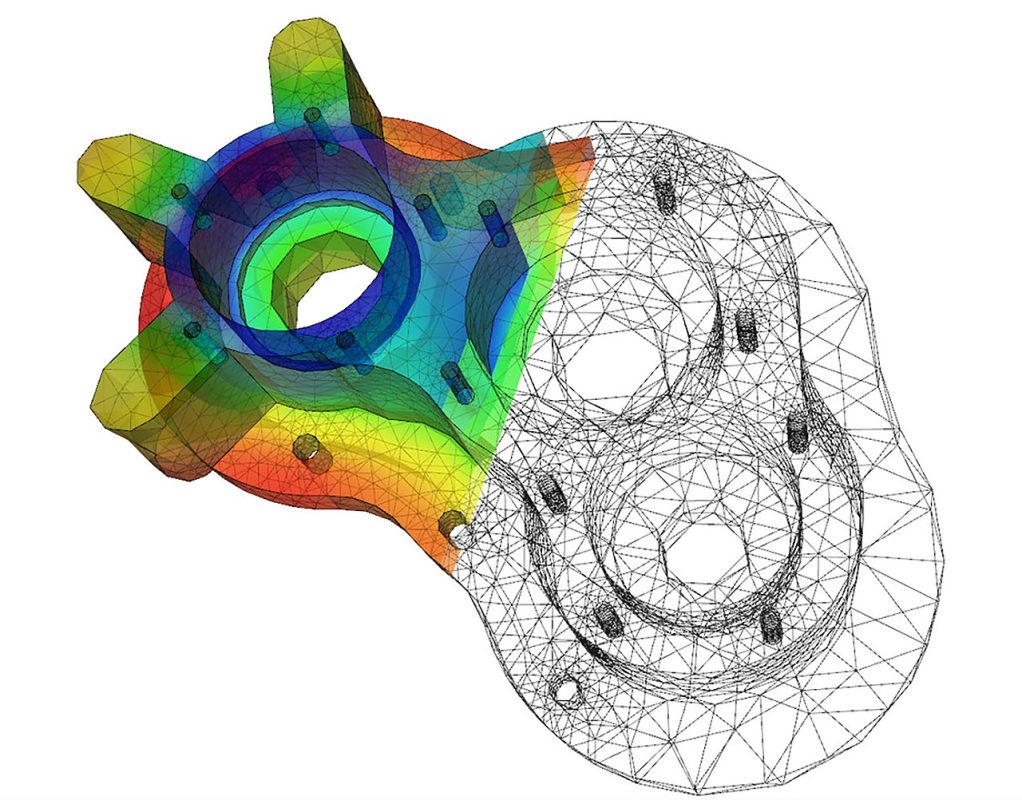CAE and CFD are used in various engineering fields, especially in automotive, aerospace, energy, construction, and manufacturing. Engineers rely on these technologies to optimize design processes, enhance product performance, and reduce costs.
These two methods are powerful tools for solving complex engineering problems and have become an indispensable part of modern engineering processes.
CAE, which stands for "Computer-Aided Engineering," refers to a set of software tools and systems that allow engineers to perform engineering analyses in a computerized environment. These tools are used to improve, optimize, and simulate the design and manufacturing processes. CAE is commonly employed in the following areas:
- Structural Analysis: Used to evaluate the mechanical strength of parts, structures, and systems.
- Thermal Analysis: Analyzes heat transfer and temperature distributions.
- Dynamic Analysis: Simulates the behavior of systems in motion.
- Computational Fluid Dynamics (CFD): Used to simulate the behavior and interactions of fluids (such as air, water, etc.).

CFD, which stands for "Computational Fluid Dynamics," is a branch of science that studies the movement of fluids (gases and liquids), their interactions, and their interactions with surfaces using numerical methods. CFD combines fluid mechanics with numerical analysis to solve engineering problems. The types of analyses that can be performed with CFD include:
- Air Resistance and Aerodynamic Analyses: Evaluating the air resistance and aerodynamic performance of vehicles, airplanes, or buildings.
- Heat Transfer: Simulating heat transfer within a system.
- Fluid Movement: Modeling the behavior of fluids in systems such as pipelines, fans, and pumps.

